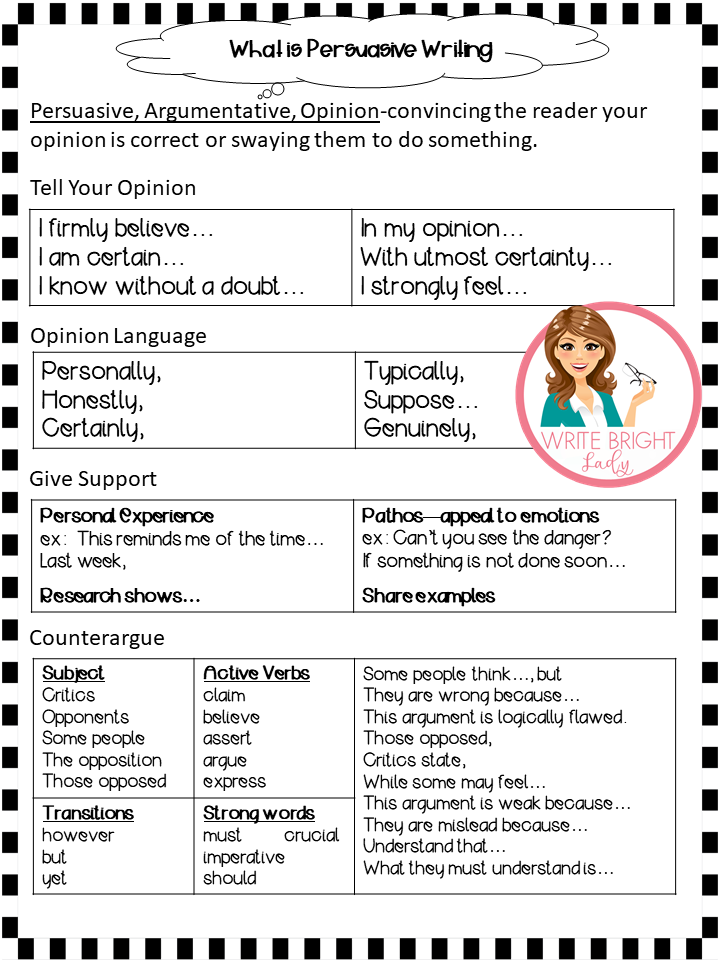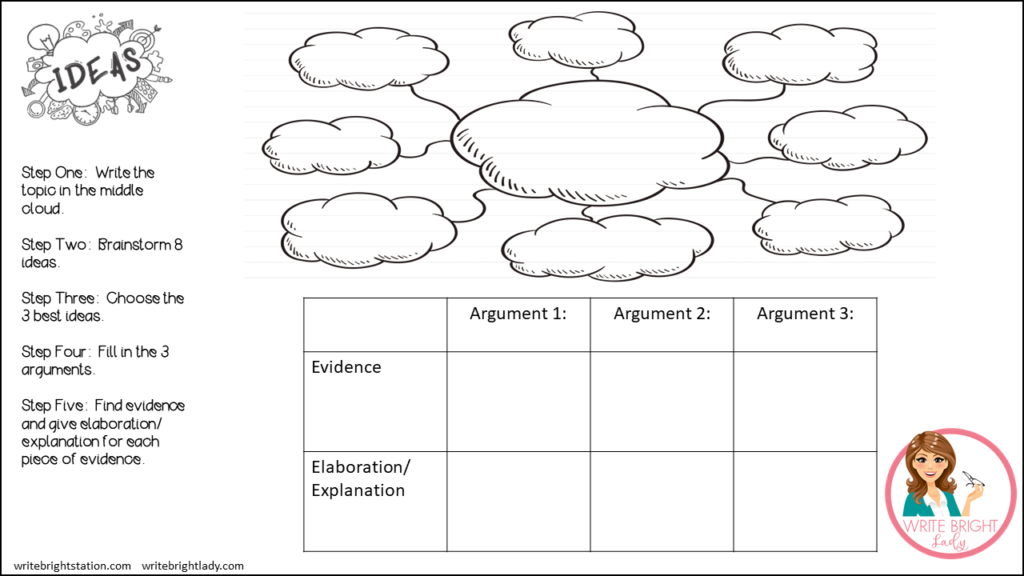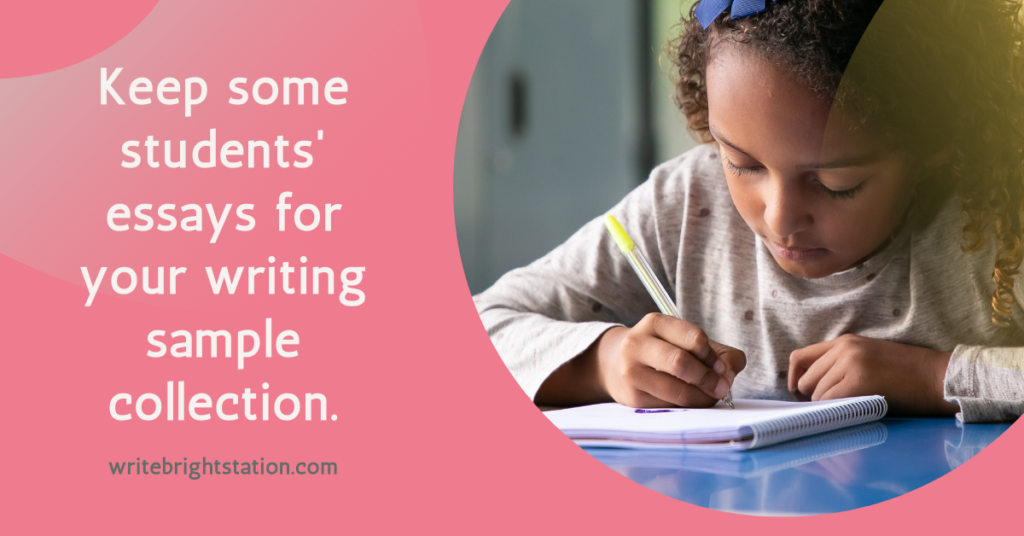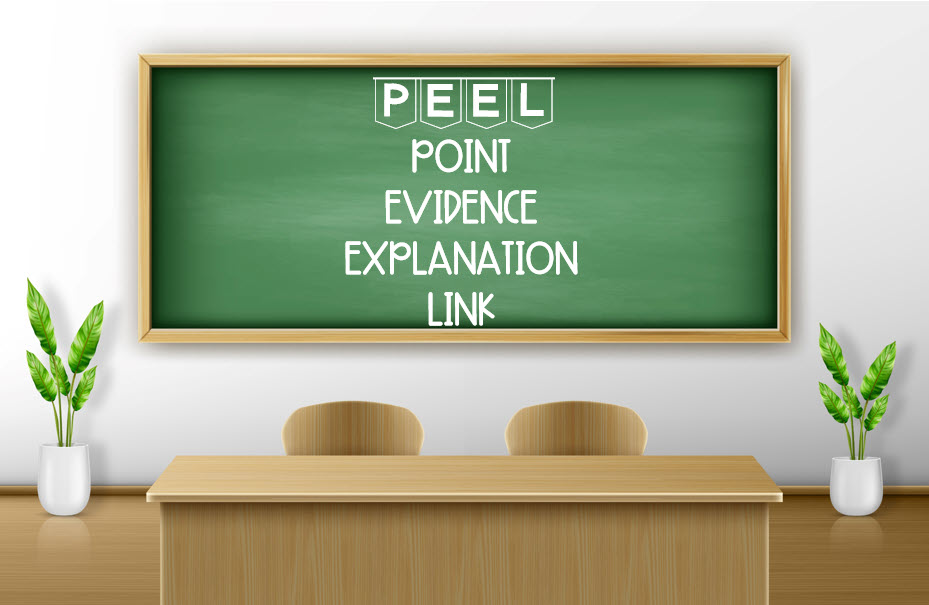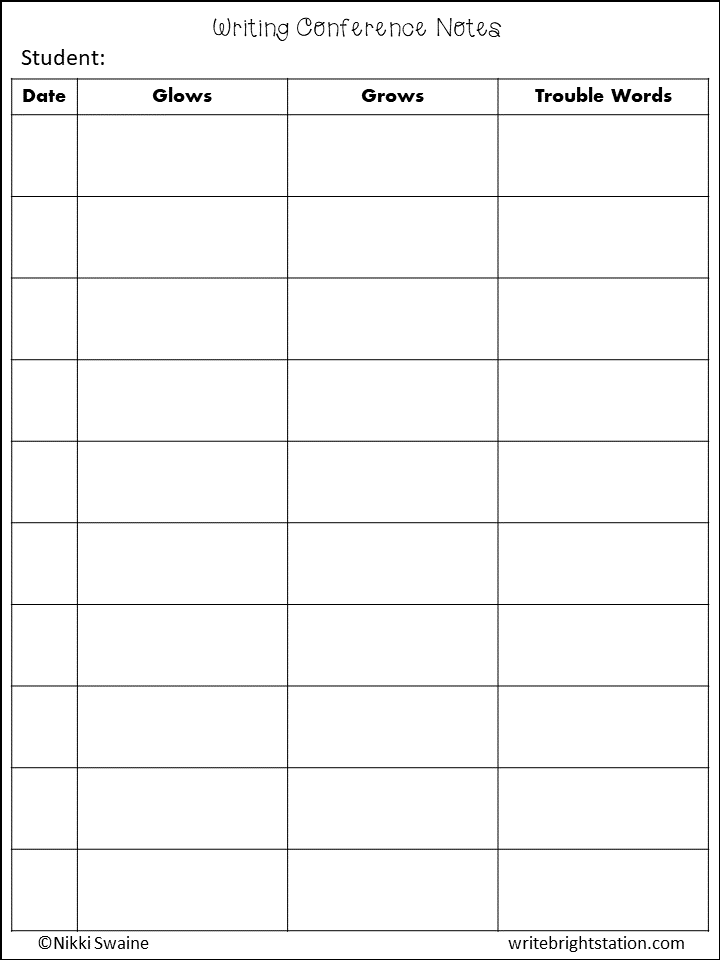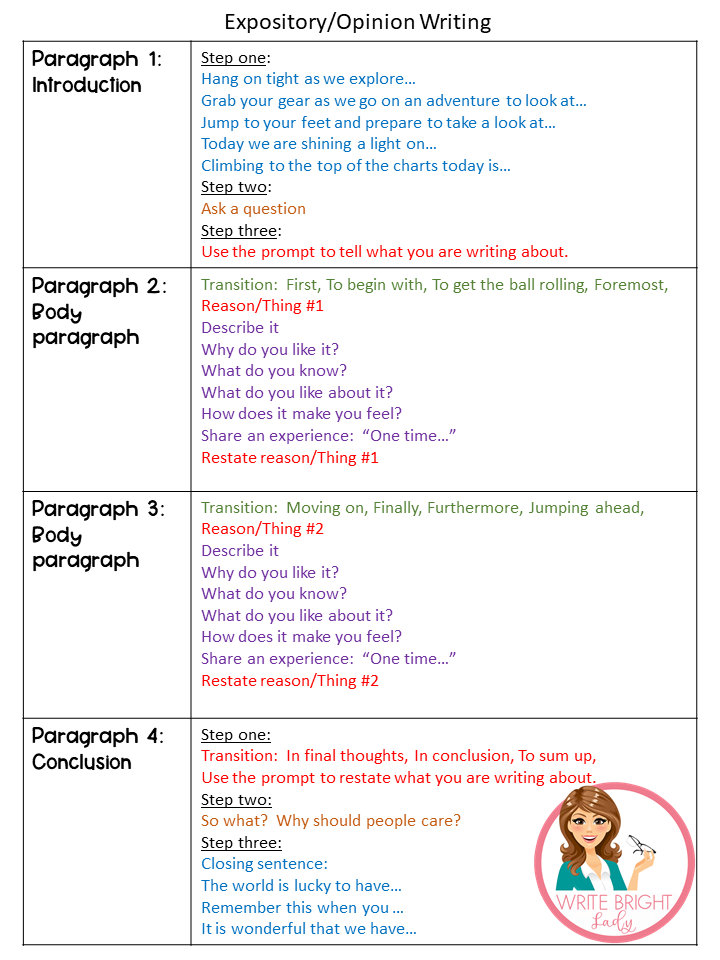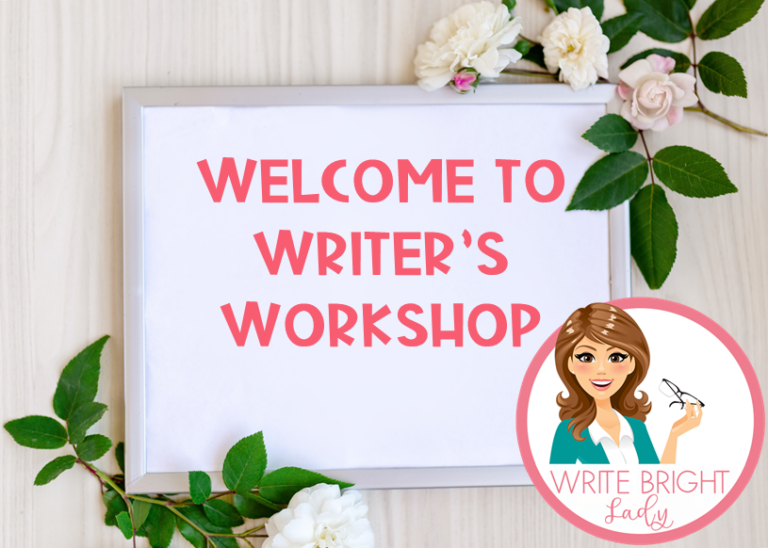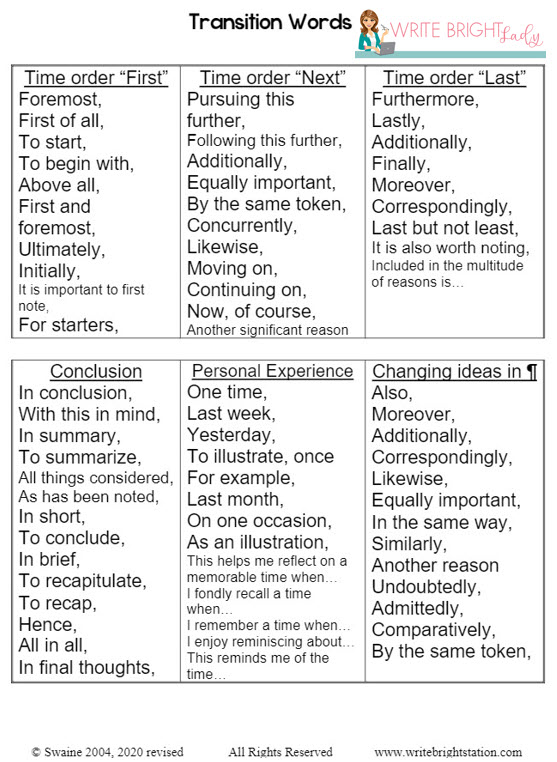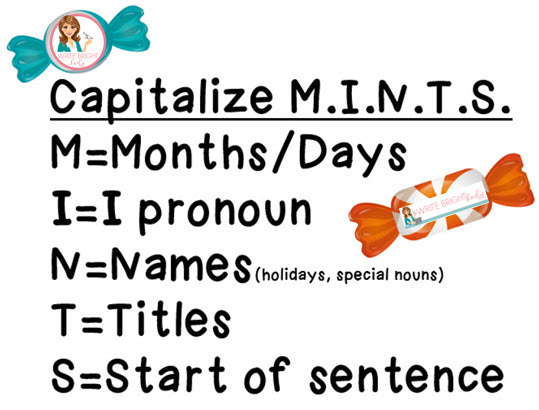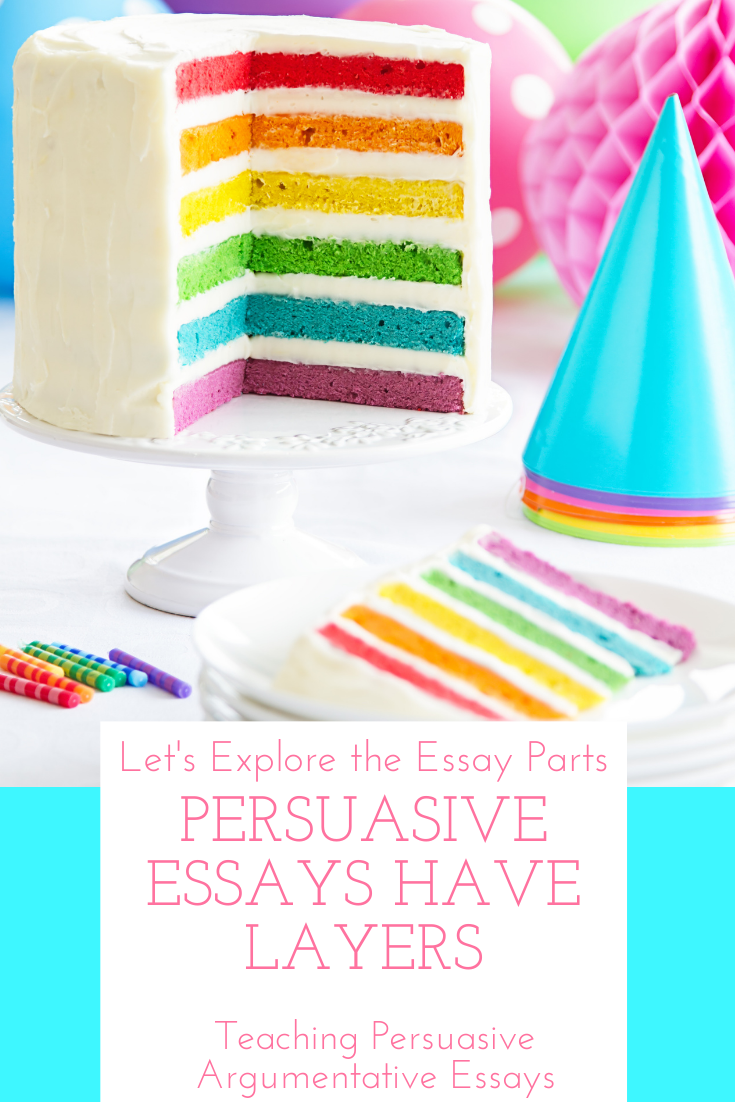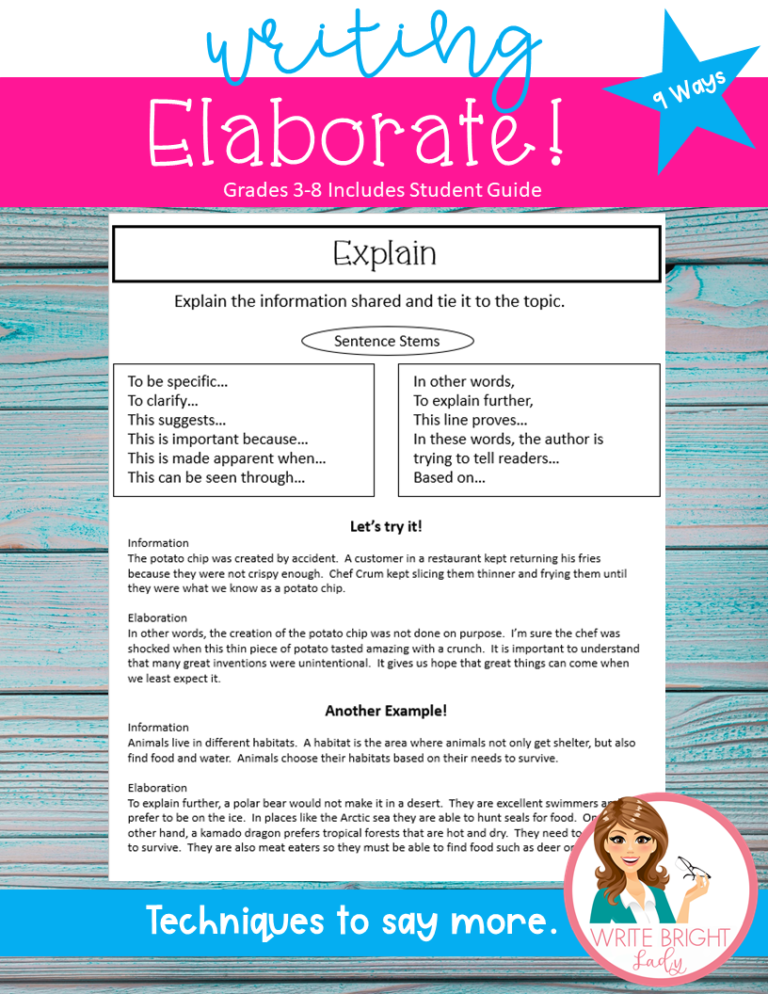Top 5 Helpers for Persuasive Writing Essays
Writing in elementary school can be challenging, especially when it is time for persuasive writing essays. There are many techniques for persuasive writing essays, words for persuasive writing essays, and persuasive how to guides. Where should you start? It all depends on what you are looking for. Are you trying to raise writing scores, meet standards, or truly teach techniques for persuasive writing? The answer should drive you toward the perfect fit for your students. I have a folder filled with persuasive writing essay topics, samples of persuasive writing, persuasive writing transition words, and lesson plan persuasive writing ideas. There is not a one size fits all. You must find what works for you and your students.
Anchor Charts for Persuasive Writing Essays
Anchor charts are an effective way for all writers to create a strong persuasive writing essays. It is always good to begin with a formula. Once students gain confidence, they will branch out with their own unique style. This chart starts out with stating the opinion. This is something that needs to be done in the introduction. In fact, it should be the thesis statement as it is the focus of the persuasive writing essays. The chart goes on to encourage opinion style language through the use of strong adverbs. These adverbs are also a great way to force students to use varied sentence structure. They don’t even realize they are writing a higher-level sentence as they begin with an adverb. It moves into different ways students can support their opinions. Personal experiences or anecdotes are an excellent way to make persuasive writing essays more entertaining. Remind your students they can make up these experiences as long as they are realistic. If they are writing about something they have never experienced, students can always say “This reminds me of a show I once watched when…” Through stating they saw it on a show, they can travel to Africa, cross the ocean, or even have witnessed something in history. Again, there is nothing wrong with making these up as long as they support the argument and add creativity to the writing piece. Pathos is another strategy as it allows the writer to make an emotional appeal. This is a great way to draw a reader in as they feel something for the subject. Stating research and sharing examples whether true or made up is a great way to convince a reader that an argument is strong. In fact, 90% of teachers agree that persuasive writing essays including statistics and research make for a better argument. See what I did there? That was made up! Finally, counterarguing is an excellent strategy for negating opposite opinions. It allows the reader to see that the writer looked at both sides of the issue and considered how others feel as they invalidate the conflicting opinions.
Techniques for Persuasive Writing Essays: Sharing Ideas before writing
“I don’t know what to write!” If you are a teacher, you have heard these words time and time again. Some students are natural writers, while most find it to be laborious. This is where brainstorming can save the day. It prompts students to tap into their thoughts in a way that is unrestricted. Brainstorming does not require organization, but instead allows students to stretch their thinking as they generate ideas without a fear of being wrong. After all, there are no wrong answers when brainstorming.
As students brainstorm, encourage them to write down as many thoughts as possible. You will find that students think of things that you may have never considered. Forming brainstorming groups is also a great idea. Make sure the class knows this one rule: “There are no bad ideas.”
Taking the time to brainstorm will help prevent later frustrations from arising. It doesn’t need to be long or complicated. It is simply a time to spill ideas out of the brain without worrying about things like spelling, organization, or grammar. It is like grabbing a bunch of ingredients out of the refrigerator to examine before coming up with the perfect thing to cook. As students look at the ideas, they can begin making connections between them. It is an essential part of the writing process for both gifted and struggling writers alike.
Samples of Persuasive Writing Essays
Start a collection teacher friends! Every time we write in my classroom, I keep a few for myself. Students love when I ask them, “Can I keep your essay to share with my class next year?” They beam with pride and I feel great knowing I can add another fantastic sample to my growing collection. Writing samples are a powerful tool. When you share samples, it helps students to have a better understanding of what you are looking for. Should you use only the best models? No, share a variety. Weaker samples allow writers to see where the writing can be improved. The class can analyze the piece sharing ideas on how to improve it. This will help them in their own writing.
So how does this work? Get yourself a binder labeled writing samples. Use dividers to mark the different writing prompts you do throughout the year. Each year, snatch samples from your students and file them behind the appropriate tab. It won’t take long before you have yourself a goldmine. Some students may want you to remove their name, while others will want it highlighted for future generations to acknowledge.
Show-and-tell is a great approach to teaching writing. I always write along with my students. Using Write Bright as my curriculum, I first share the provided sample essay as we go through the guided steps, and then I write my own as students are writing. While slower writers are finishing up the step we are on, I share what I have written and allow others to share as well. By the time we are done, students have heard a wide range of examples. If there is a struggling writer in the room, they have had ample time to gather ideas from a variety of sources.
This leads us to the question, “Should students be allowed to steal ideas?” The answer is yes! Here’s the thing, they are having to take the idea and get it on paper. Do not leave samples on display for them to copy, which means they will have to rely on their memory. This means they will not be copying word for word. Through this, they are learning as they must take the stolen information and get it on paper. They will begin to gain confidence as a writer as they see a completed essay in their own hand writing. I promise over time, they will stop “stealing” ideas and begin coming up with their own.
Strategy stealing is one of the top advantages to providing samples. As students hear or see higher level writing strategies used in sample essays, they will begin to try these on their own. For example, the use of figurative language, entertaining phrases such as “hold the phone” or “get with the program,” and the use of imagery will be noticed. Writing techniques used by others will stand out and your students will begin using them in their own essays. This will give them valuable new techniques to have in their tool boxes for a lifetime. After all, this is how we all learned to write. We saw good writing and we mimicked it in our own pieces. Most of us are not reinventing the wheel.
Persuasive Writing How To: Don’t have “formulaphobia!”
Do you frown against using a 4 or 5-paragraph formula? Pedagogies like Write Bright Station which include direct instruction, modeling, and genre-based teachings use formulas for constructing essays. With high stakes testing lurking around the corner, these formulas can allow students to learn a method that allows them to succeed. Here’s the thing. Formulas enable students that are not natural writers to learn how to write, while they can constrain natural writers from creativity. So what should teachers do? Natural writers are like beautiful singers, they are few and far between. When a teacher is blessed with one, let them have at it. Bend the rules for this one student. Trust me, the majority of students before you will need the structure of a formula. Allowing students to go rogue will end up disastrous for most. Students who know and utilize a formula will become strong writers.
Formulas allow for freedom. When a writing curriculum such as Write Bright provides a structure, there is freedom within this structure. Students still control word choice, sentence structure, ideas, and more. The only constraints of a formula is the organization of ideas. Introductions that call for a hook, bridge, and thesis are ubiquitous in the United States. The research stands behind the effectiveness causing the process to remain. Sentence starters are also a wonderful tool to provide.
My advice after 24 years of researching and testing writing, stick to a formula. As years passed, college kids would visit me to let me know they still wrote using the formula I taught them in elementary school. If it isn’t broken, don’t fix it. Formula’s work teacher friends. When writing a novel, most authors will tell you they use a formula. What formula should you use? This depends on the genre and grade level you are teaching. We don’t need to use the word “thesis” with first graders nor should we use the word “zinger” with 8th graders. Keep things age-appropriate. So what about self-expression? This is where journal writing comes into play. Journal writing should not be formulaic. It should be a time when students feel empowered to use their voices and express their ideas in a free form. It definitely has its place in the classroom and can be cathartic for students as their stream of consciousness spills onto paper. HERE is a great formula information for writing a conclusion.
Persuasive Writing Kids Need Conferencing
If you walk away with anything let it be this, kids need conferencing. They take the time to write it, you take the time to grade it. It will all be for nothing if you don’t chat about it. When am I supposed to do this? Oh, trust me, I know this is what you are thinking. Conferencing doesn’t need to take long. As students are entering in the morning, unpacking, and doing bell-work, I call them back to the table for a 2-minute chat. I quickly say one good thing about their essay, point out the problems I want them to work on, say another encouraging word, and send them on their way. A compliment sandwich is a good method here.
My students know when they see me pulling for conferences, they need their conference sheet out and ready to go. When I call their name, they must be to me within seconds. If they have spelling issues, I write them down on their trouble word list. I make a few notes on their conference form such as “work on periods” or “don’t forget to indent” or “you need more elaboration.” Once I quickly tell them all of the things, I send them on their way. If the child is an amazing writer, instead of calling them back just say “Trevor yours is amazing; keep it up.” Don’t make this a long, drawn-out event. Trust me, you will have to tell Mia three weeks in a row that she is spelling “does” incorrectly. By the third time it will register and she will remember what you told her.
Personal feedback is key to improving. You may mark their paper up, but they don’t always take the time to look at it. If they do look, they may not fully understand what they are doing wrong. Have a quick chat and tell them what they need to do to improve. Over time, these quick chats will add up to great progress. When I was a writing coach for entire grade levels, I was shocked that having my quick chats with over 300 students really did make a difference as we moved through the school year. When you take this moment to give a child one-on-one feedback you are letting them know you care about them and their progress. What about virtual learners? Been there, done that. I make a Vocaroo recording as I am grading their essays. Using the provided link, students are able to listen to my feedback and thoughts. You can even do this for brick and mortar if you have a way to email each student his or her individual recording. Make the time to do this. The benefits are well worth it.

